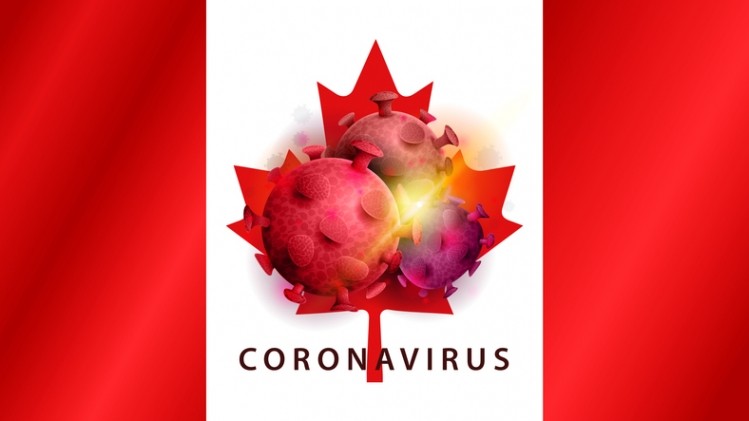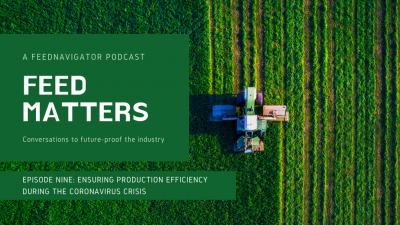Canada seeks to maintain feed, feed crop production during outbreak

Last week [March 23,] the Canadian Government announced it was supporting up to an additional CAD $5bn (US $3.508bn) in lending capacity through Farm Credit Canada for producers, agribusinesses and food processors. The goal is to provide help for producers facing cashflow challenges or being affected by lost sales.
Feed ingredient and grain producers with outstanding Advance Payments program loans due by April 30 also will have an additional 6 months of flexibly to repay the loan, according to governmental information.
Feed manufacturers “remain committed” to supporting livestock producers, said Melissa Dumont, executive director, the Animal Nutrition Association of Canada (ANAC). Production continues as companies take steps to follow the recommendations from public health officials and to protect the health and wellbeing of employees and customers, she said.
“The feed industry has worked diligently since the beginning of the COVID-19 pandemic to minimize disruptions in the feed value chain and continue to manufacture and deliver safe feed to farms across the country,” she told FeedNavigator. “This remains our industry’s priority; feed facilities will continue to adjust as the situation evolves.”
In addition, ANAC has created an advisory committee with members from across Canada to help address the COVID-19 situation, she said.
“Companies are following public health guidelines and adapting them to their individual businesses and employees,” she said. “Some practices that have been implemented include having employees work from home when possible, implementing distance requirements between employees who must physically be onsite, not allowing visitors onsite, additional cleaning protocols, working with producers virtually instead of going on-farm and moving to electronic records instead of paper-based where permitted by law.”
The Canadian Food Inspection Agency (CFIA) has been continuing its oversight for domestic production and imported products. However, the agency has also temporarily suspended low-risk activities involved with production like “inspections and investigations not related to food safety,” “low-risk surveillance or sampling activities (food, plant and animal)” and “low-risk labeling and domestic facility inspections.”
At production facilities, the agency is recommending that employees working with “food, plant and animal production or processing” try to practice social distancing.
Safety measures and precautions
As provinces in Canada have restricted the operation of some businesses, feed producers are being recognized as essential businesses, said Dumont.
“In all provinces where a list has been published, the feed industry has been included as an essential service,” she said. “ANAC continues to urge the federal government to release a national list of essential workplaces, which would include the entire feed value chain, to ensure consistency across the country.”
However, some retail facilities for livestock feed are using new protocols to provide feed while addressing the outbreak based on location and clientele, she said. “The distribution process has been modified by companies, where needed, to ensure the safety of their employees and customers and to prevent disease spread,” she added.
However, it is unclear what the disease outbreak will mean for production and feed demand in the future, said Dumont. “With the global situation evolving so quickly, the future is difficult to predict – what we can say is that the feed industry is in constant communication with our customers to ensure that all Canadian livestock continue to be fed.”
Looking forward, the association is recommending that members monitor public health advice, she said. “To ensure consistency and stay up to date on best practices as the circumstances evolve, we are recommending that our members follow regional, provincial, and federal public health guidelines to manage situations at their facilities.”












